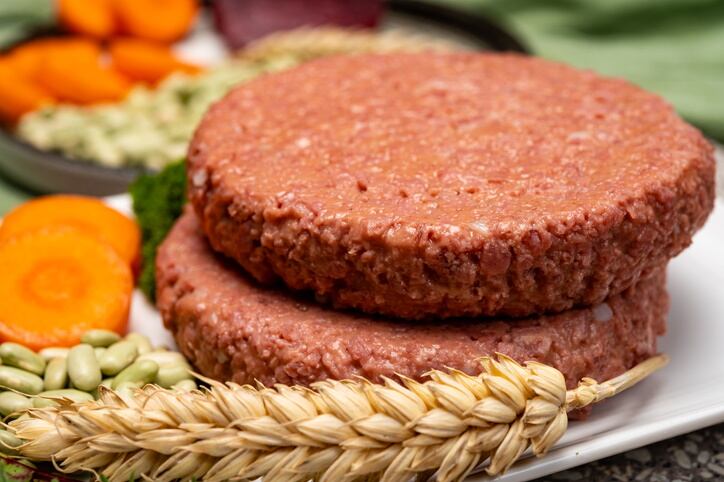They used a technique similar to the one used by Finnish food-tech start-up Solar Foods. It uses electricity to produce hydrogen which is combined with carbon dioxide, water, vitamins and minerals to feed and grow a microbial biomass that produces edible protein powder with no discernible taste that can be added to almost any snack or meal.
According to Solar Foods, utilising common processes which are already used to make staples such as bread, yoghurt and beer offers the chance to cut emissions associated with animal and dairy industries and solve pressing problems of food security amid a growing global population.
The researchers claimed their analysis showed that growing food from air was 10 times as efficient as growing soybeans in the ground.
Production of single-cell protein can therefore “help close the approaching protein gap while curtailing further agricultural land expansion, thus safeguarding biodiversity and the carbon sink potential of forests and grasslands”, they wrote in the study.
They also noted that the protein produced using the food-from-air approach had twice the caloric value as most other crops such as corn, wheat and rice.
“These results suggest that microbial foods could substantially contribute to feeding a growing population and can assist in allocating future limited land resources,” the researchers added.
“The cultivation of microbial biomass, which is rich in proteins as well as other nutrients, can play a vital role in achieving food security while mitigating the negative environmental footprint of agriculture.”
The researchers added that the commercial viability of air-grown food is likely to improve as land resources become scarce and conventional food sources become increasingly expensive and unsustainable.

But study lead Dorian Leger added that getting consumers to eat microbial protein would be challenging. “Marketers will have to work on this, and food scientists will have to make the product appealing. I think it should be possible,” he told FoodNavigator. “Current trends seem to support a product microbial foods gaining traction. Insect protein was unfathomable in most western settings a few years ago, now we see it in a lot of supermarkets. Quorn is successfully using fungi - that’s promising.”
"I think, socially responsible and environmental awareness will be drivers for consumers choosing products like PV-SCP. The land, water, and nutrient use efficiency is really impressive relative to crops...Space systems are very likely to use microbial foods, in my opinion."
He noted that protein made from air was more promising as animal feed. "It is much easier to design a product for feed and this is already established by Calysta, Unibio, Knipbio, etc, though these companies are not using a renewable-power production chain like we envisage. Animal-based foods (meat, dairy etc) products using sustainably grown protein could be appealing to some consumers, and they may be willing to pay more for these products."





